
Can You Travel with a Hamster? A Comprehensive Guide
Traveling with a pet hamster isn’t as straightforward as it might seem. It requires careful consideration of your pet’s safety, comfort, and the logistics involved.
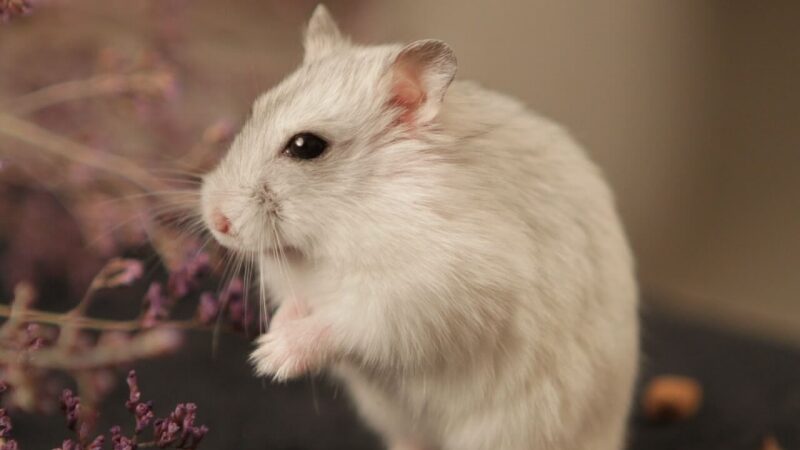
Providing your pet hamster with proper ventilation in its habitat is a key component to keeping them healthy and happy. Stale, ammonia-filled air can cause respiratory issues in hamsters, so ensuring adequate airflow is crucial. This guide covers everything you need to know about ventilating your hamster’s home.
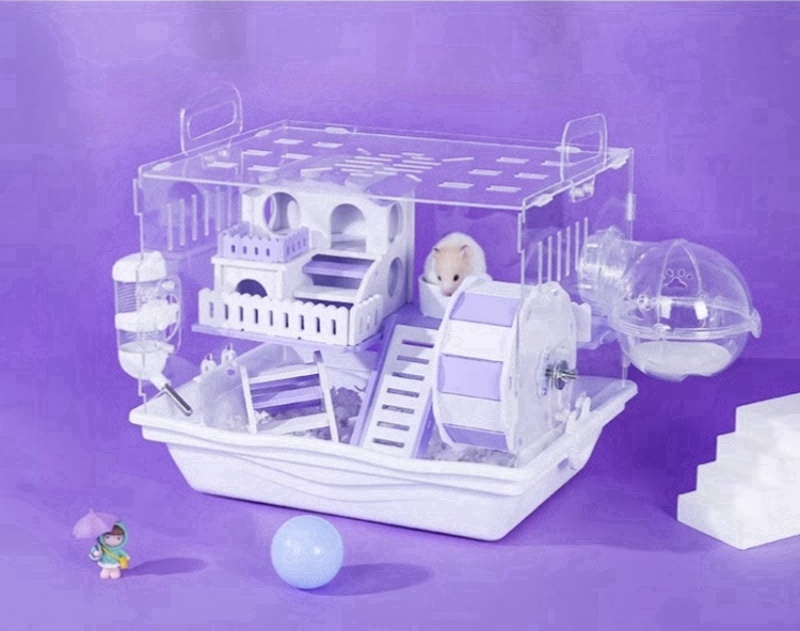
There are a few key reasons good airflow matters when housing a hamster:
When looking at cage options, keep these factors in mind:
Wire cages allow maximum airflow. Solid plastic or wood has less venting. Glass tanks have none unless modified.
The larger the habitat, the more air exchange it needs to stay fresh. Upgrade ventilation for expansive setups.
Wire cages with wider bar spacing allow more airflow. Ensuring spacing isn’t too wide is also key for safety.
More hamsters mean more waste and odors. Increase ventilation for multiple fuzzy roommates.
Hamsters in hot or humid climates need maximum ventilation to stay cool. Those in frigid areas need less.
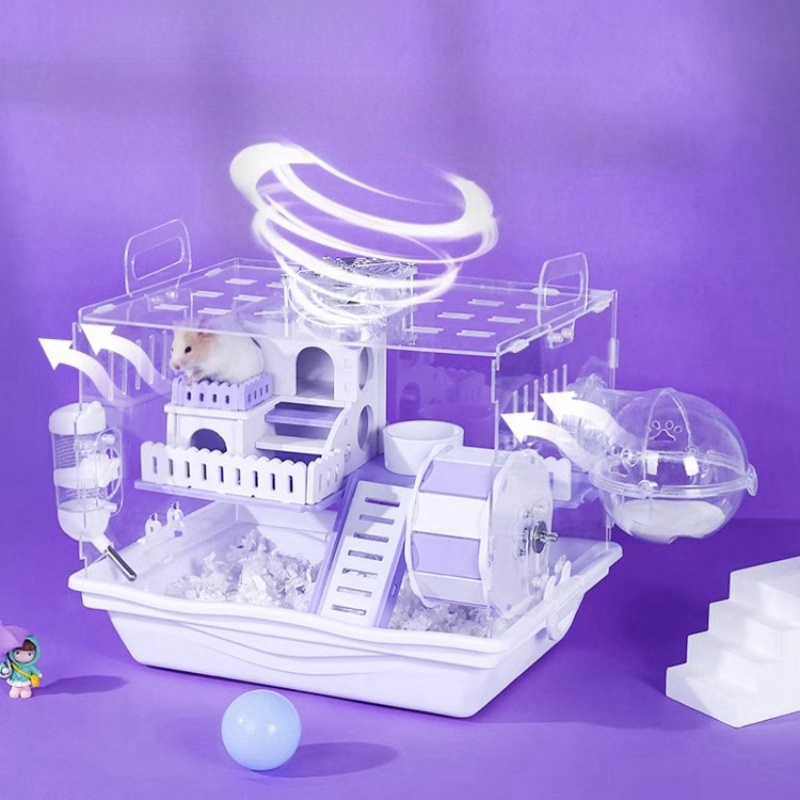
Here are the best cage materials for ensuring fresh, flowing air:
Open wire construction offers the most airflow. Some plastic cages also incorporate mesh panels.
Cutting part of the tank lid and replacing it with wire mesh can improve airflow.
Drilling rows of holes in wood cages adds ventilation. Line inside with hardware cloth to prevent escapes.
Many cages combine wire tops and sides with plastic bottoms for good air exchange.
Where you place your hamster’s habitat also impacts airflow. Here are placement tips:
Don’t wedge the cage into tight spaces or corners where air can not circulate.
Windows allow fresh outdoor air exchange. Just avoid direct sun which can overheat the cage.
Placing the cage in an open room center maximizes ventilation from all sides.
Elevates cage into airflow paths in the room. Add ventilation underneath.
Avoid placing the cage directly in drafty spots that can chill your hamster.
Central heating/cooling keeps room air circulating and avoids big temp swings.
If your cage lacks sufficient airflow, there are DIY ways to modify it:
Cutting the panel into a plastic cage and replacing it with wire mesh adds venting.
Drilling holes in wood cages can significantly increase ventilation. Line inside with mesh.
Cutting the acrylic tank lid and replacing it with a wire screen boosts air exchange.
The clip-on fan points out exhaust air and circulates new air into the cage.
PVC pipe with screened ends makes a venting “chimney” when affixed to the cage top.
Propping cage doors open can assist with airflow when you are home to monitor.

Watch for these red flags that indicate poor air quality in your hamster cage:
Ammonia smell means urine isn’t ventilating out. Time to air it out!
Excess moisture in bedding signals ventilation issues. Change out bedding.
Congestion, sneezing, or wheezing means the air is too stale. Modify for more airflow.
Lethargy or loss of appetite can result from stale, stuffy air. Add ventilation.
Lack of airflow can cause cages to overheat on hot days. Add cooling ventilation.
In addition to cage ventilation, employ these tips for optimizing air quality:
Remove soiled bedding promptly to prevent ammonia buildup.
Full weekly bedding changes keep things clean and aired out.
Disinfect hideouts, toys, wheels, etc. to prevent germ buildup.
Crack open windows regularly to circulate fresh air in the room.
These can help filter airborne particles that can irritate hamster’s respiratory tracts.
Avoid candles, incense, perfumes, etc. that can overwhelm a hamster’s respiratory system.
Dusting room frequently decreases airborne allergens.
Check for these indicators of respiratory issues:
If you spot any of these, call your exotic vet right away as respiratory infections can escalate rapidly in hamsters. Providing proper ventilation from the start is key to keeping your hamster’s airways healthy!

Adequate air circulation should be a primary consideration when selecting and placing your hamster’s cage. Monitor airflow and watch for any signs of respiratory distress. With good ventilation, you’ll have happy, healthy hamster lungs!


Traveling with a pet hamster isn’t as straightforward as it might seem. It requires careful consideration of your pet’s safety, comfort, and the logistics involved.
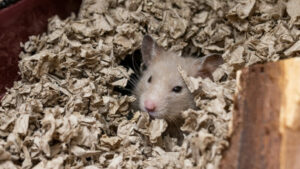
Finding the best hamster cage for Syrian hamster is crucial, as these curious, low-maintenance, and independent pets thrive in the right environment. The primary concern

When I began, the task of selecting essentials for a natural hamster habitat was daunting. To ease this process, I’ve assembled an exclusive set of

Have you ever wondered, “Are hamsters happier in bigger cages?” Generally YES. It’s a question that might seem straightforward, but there’s more to it than
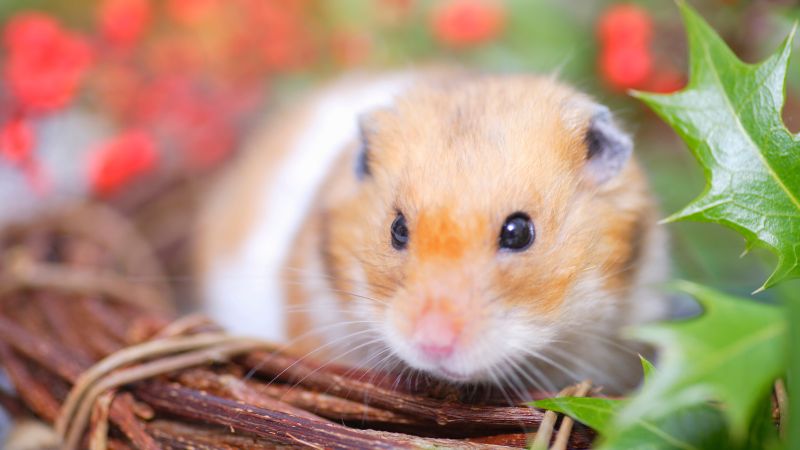
Traveling with a pet hamster isn’t as straightforward as it might seem. It requires careful consideration of your pet’s safety, comfort, and the logistics involved.
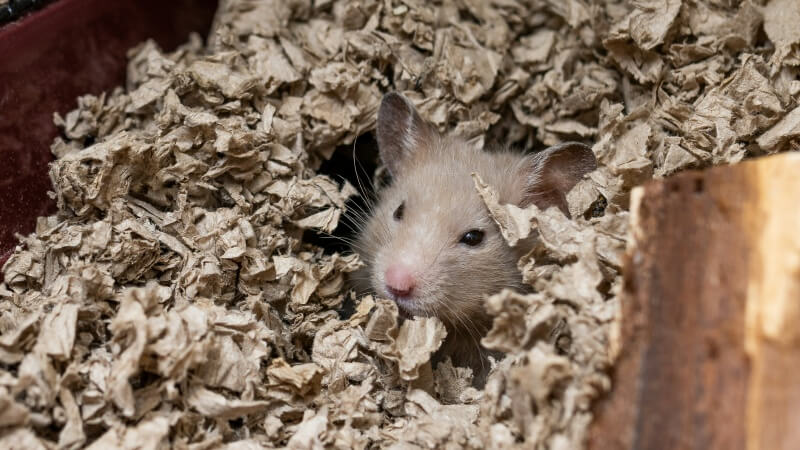
Finding the best hamster cage for Syrian hamster is crucial, as these curious, low-maintenance, and independent pets thrive in the right environment. The primary concern
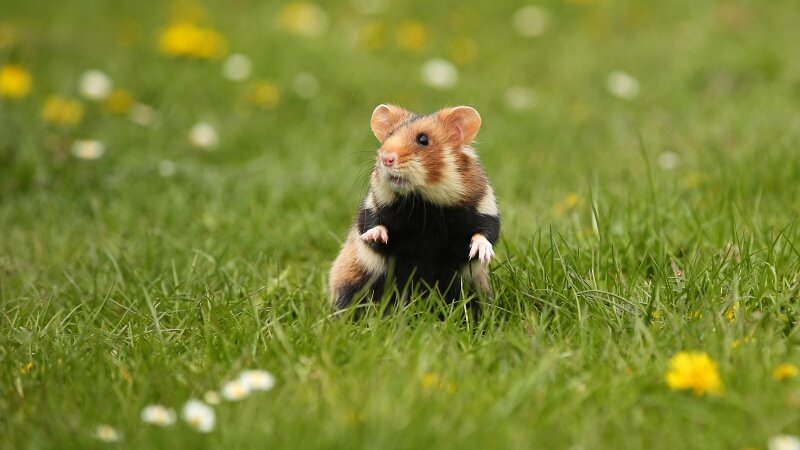
When I began, the task of selecting essentials for a natural hamster habitat was daunting. To ease this process, I’ve assembled an exclusive set of

Have you ever wondered, “Are hamsters happier in bigger cages?” Generally YES. It’s a question that might seem straightforward, but there’s more to it than